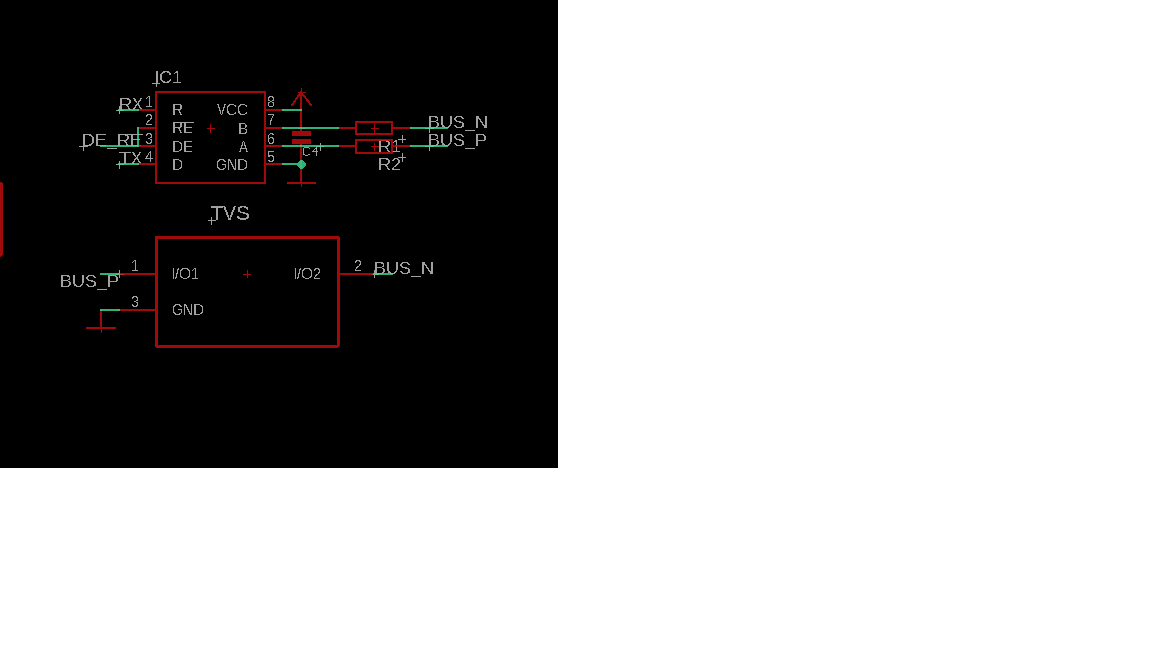Tool/software: WEBENCH® Design Tools
Dear Sir,
Sir we are using SN65HVD 1782 IC for Rs 485 communication with my controller.we have total 40 nodes linked in a daisy chain to each other at a length of about 25 meter.
sometimes in between we start getting garbage value like null character and some random character from the port through which all the devices are connected. Due to which we face a problem in data transmission.and device didn't respond as per the data
The specification of the wires used is 120 ohm. un shielded twisted pair of RX and TX.
4 core, 24AWG (0.22 sq.mm) 2X2X0.22 stranded RS485 cable 0031320 Unitronic Li2YCY (TP) from LAPP
What could be the possible reason for this.?Because it comes randomly. no such pattern observed till now.
Please looking for your prompt response


